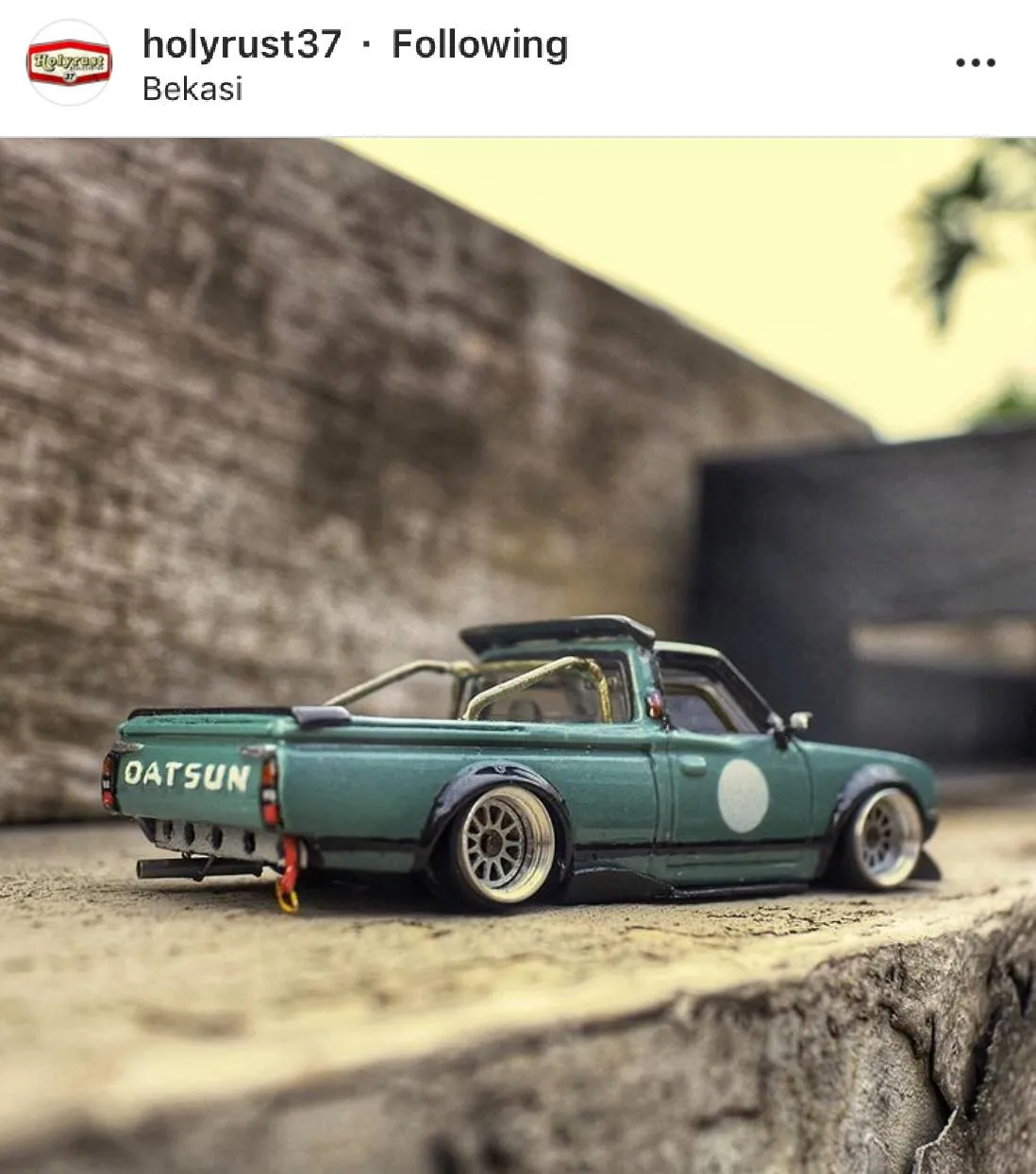What are Custom Diecast Cars?
Custom diecast cars are miniature, highly detailed replicas of real-life vehicles, meticulously modified and personalized by enthusiasts. These aren’t your average toy cars; they are works of art, representing a blend of technical skill, artistic creativity, and a passion for automobiles. The appeal of custom diecast cars lies in the ability to create a unique piece that reflects your personal style and interests, whether it’s a faithful reproduction of a classic car, a fantasy creation, or a miniature version of your own vehicle. The customization process allows individuals to express their creativity, transforming off-the-shelf models into personalized masterpieces. This hobby provides a tangible outlet for automotive enthusiasts, offering a rewarding experience that combines craftsmanship, design, and a deep appreciation for cars.
Benefits of Building Custom Diecast Cars
The benefits of building custom diecast cars extend far beyond a mere hobby. Engaging in this activity fosters creativity, allowing you to experiment with colors, designs, and modifications that bring your vision to life. It’s a fantastic way to develop and enhance your craftsmanship skills, from meticulous disassembly and painting to precise detailing and reassembly. Customizing diecast cars can also be a stress-relieving activity, offering a mindful escape from daily pressures as you focus on the intricate tasks at hand. Moreover, the hobby connects you with a vibrant community of enthusiasts who share your passion. You can exchange ideas, learn new techniques, and showcase your creations, creating a sense of belonging and camaraderie. The final product is a source of immense pride and satisfaction, representing your dedication and artistic vision. It’s a hobby that combines fun, learning, and the joy of creating something truly unique.
Choosing Your First Custom Diecast Car
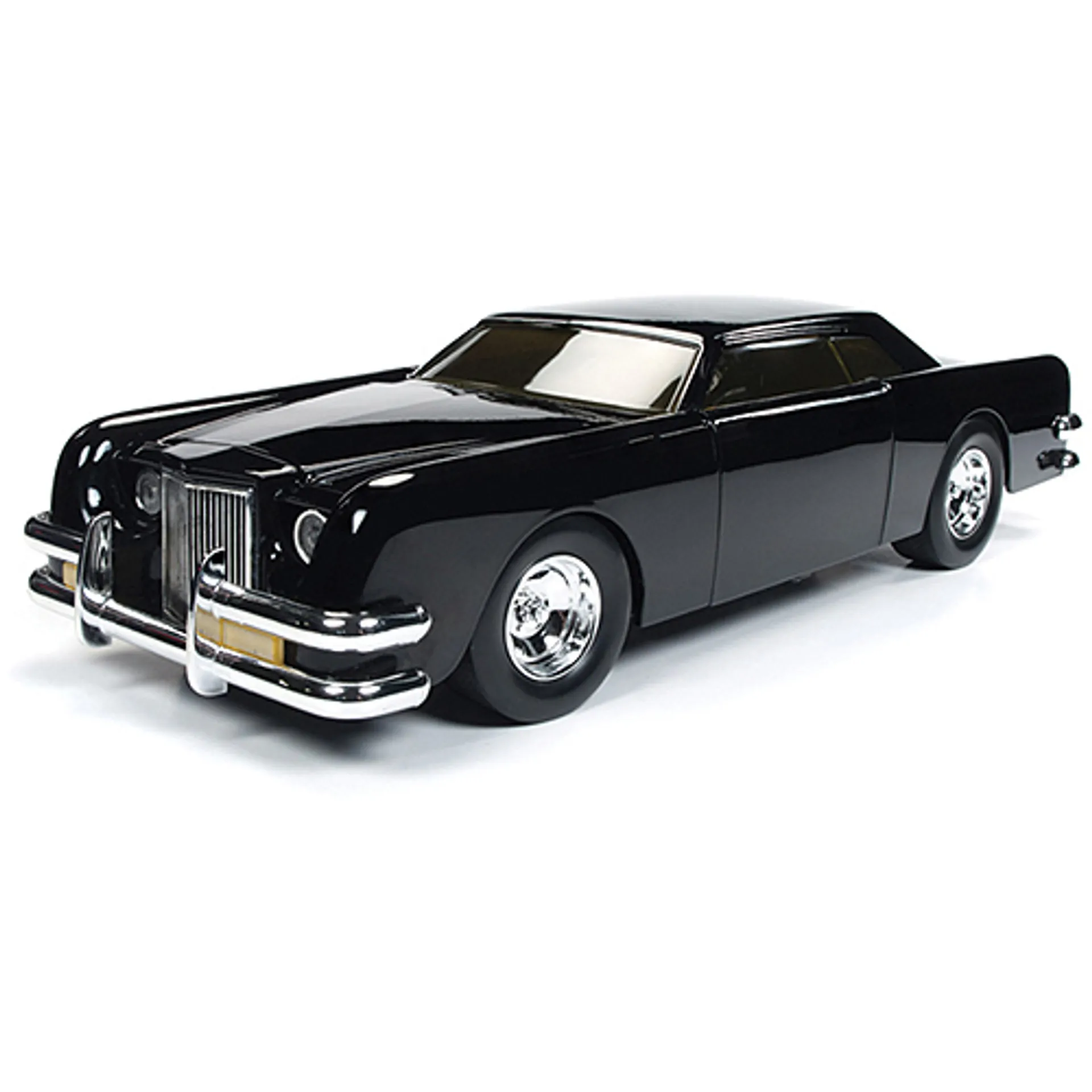
Selecting your first custom diecast car is a crucial step in starting this rewarding hobby. Start by considering the type of car you are passionate about. Do you have a favorite make, model, or era? Choose a car that excites you, as this will fuel your enthusiasm throughout the customization process. Researching available models is essential; look for cars that offer good detail and a solid base for customization. Common scales, such as 1/18, 1/24, and 1/43, offer varying levels of detail and complexity, so consider which scale suits your skill level and desired level of detail. Buying a car with removable parts is a good choice. Reading reviews and browsing online forums can provide insights into the best models for beginners. This allows you to make an informed decision based on both the vehicle’s aesthetic appeal and its suitability for customization. Finding the perfect car allows you to embark on your journey with confidence, transforming it into a unique masterpiece.
Selecting the Right Scale
Choosing the right scale is a key decision. The scale of a diecast car refers to the ratio between the model’s size and the size of the real-life vehicle. Popular scales include 1/18, 1/24, 1/43, and 1/64, each offering a different level of detail and complexity. Larger scales like 1/18 provide more space for intricate detailing, making them ideal for those new to the hobby or those who want to create highly detailed models. However, they also require more space for storage and display. Smaller scales, such as 1/43 and 1/64, are more compact and may be a good choice if space is a constraint. They can still provide a satisfying level of detail, although they may require more precision during the customization process. Consider what details are important to you. Consider the complexity and the available workspace when making your choice.
Finding a Suitable Model
When seeking the perfect model to customize, consider several key factors. First, look for models with good detail. Models with intricate features and realistic components offer a better base for detailed modifications. Reviewing online forums and communities can also help you. Many models are available and there are some considered easier to work with. Check the model’s construction; models with removable parts are easier to disassemble and modify. Some models have more potential for customization than others. Assessing the availability of aftermarket parts is another important factor. Research whether there are aftermarket parts available for the model you’re considering. These can include wheels, decals, and other accessories that enhance the customization process.
Essential Tools and Materials
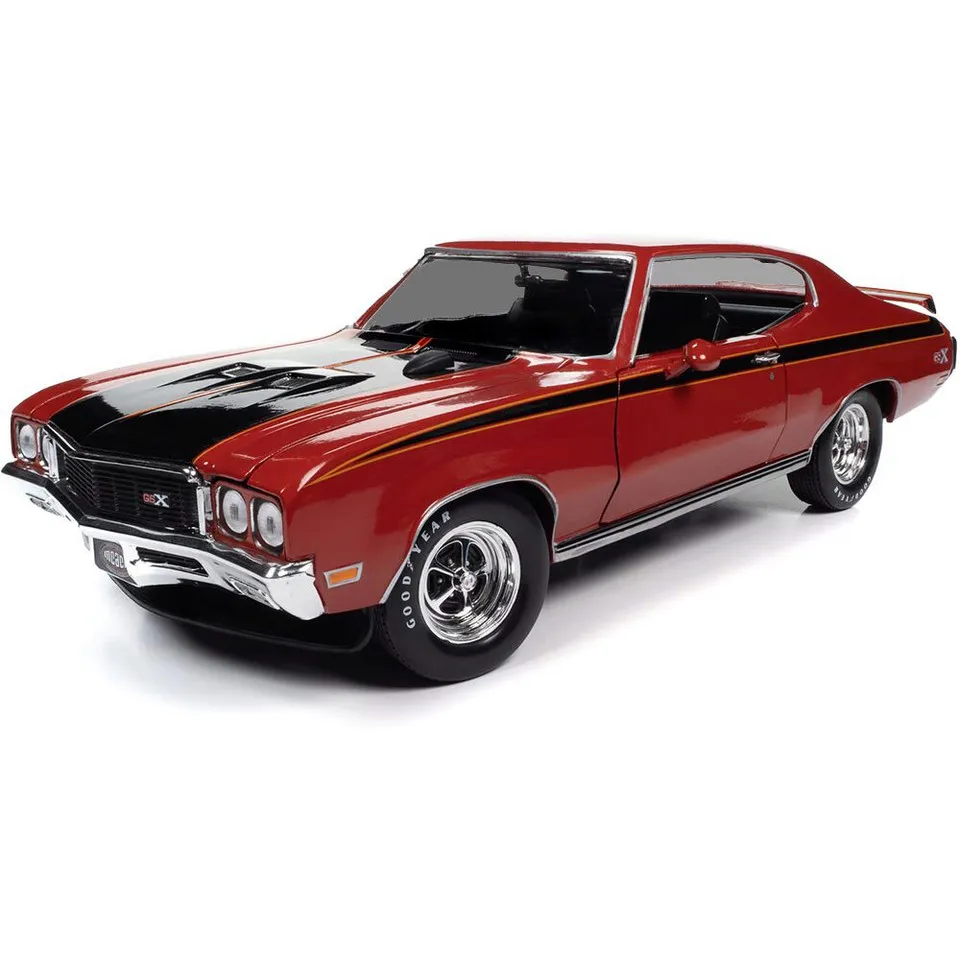
Gathering the right tools and materials is crucial for a successful custom diecast car project. Essential tools include precision screwdrivers, hobby knives, and pliers for disassembly, assembly, and delicate modifications. A good set of files and sandpaper in various grits are necessary for smoothing surfaces and preparing them for painting. For painting, you’ll need an airbrush or spray cans, along with a selection of acrylic paints and clear coats. Brushes, paint thinner, and masking tape are also useful. Materials such as putty, filler, and super glue are indispensable for filling gaps, repairing imperfections, and attaching custom parts. Consider investing in a cutting mat to protect your workspace and a magnifying glass for detailed work. Organizing your workspace and having everything within reach will streamline the process. Having these tools ready will make your project much easier.
Tools for Disassembly and Assembly
The tools required for disassembly and assembly are critical. Start with a set of precision screwdrivers. These are necessary for removing the screws that hold the diecast car together. Hobby knives are useful for carefully separating glued parts or removing unwanted details. Pliers, especially needle-nose pliers, can help in manipulating small parts and bending wires. Tweezers are invaluable for handling tiny components. It is best to have a set of small files and sandpaper. These will help with cleaning, preparing the surface for painting, and removing any imperfections. A good toolkit with a range of tools tailored for model building will make the process much easier and increase the quality of your finished model.
Paint and Finishing Supplies
High-quality paint and finishing supplies are essential. Acrylic paints are a popular choice due to their ease of use, durability, and wide range of colors. An airbrush provides the best results, offering smooth, even coverage. If you don’t have an airbrush, high-quality spray cans are a good alternative. Clear coats are used to protect the paint job and add a glossy or matte finish. Masking tape is crucial for creating clean lines and preventing paint from bleeding onto areas you want to protect. Paint thinner is also necessary for thinning the paint, cleaning your airbrush, and removing mistakes. Be sure to have a well-ventilated workspace. It is important to choose paints that are designed for use on plastic or metal surfaces to ensure proper adhesion and a lasting finish. Practice is important, and patience is key to getting a professional result.
Step-by-Step Customization Process
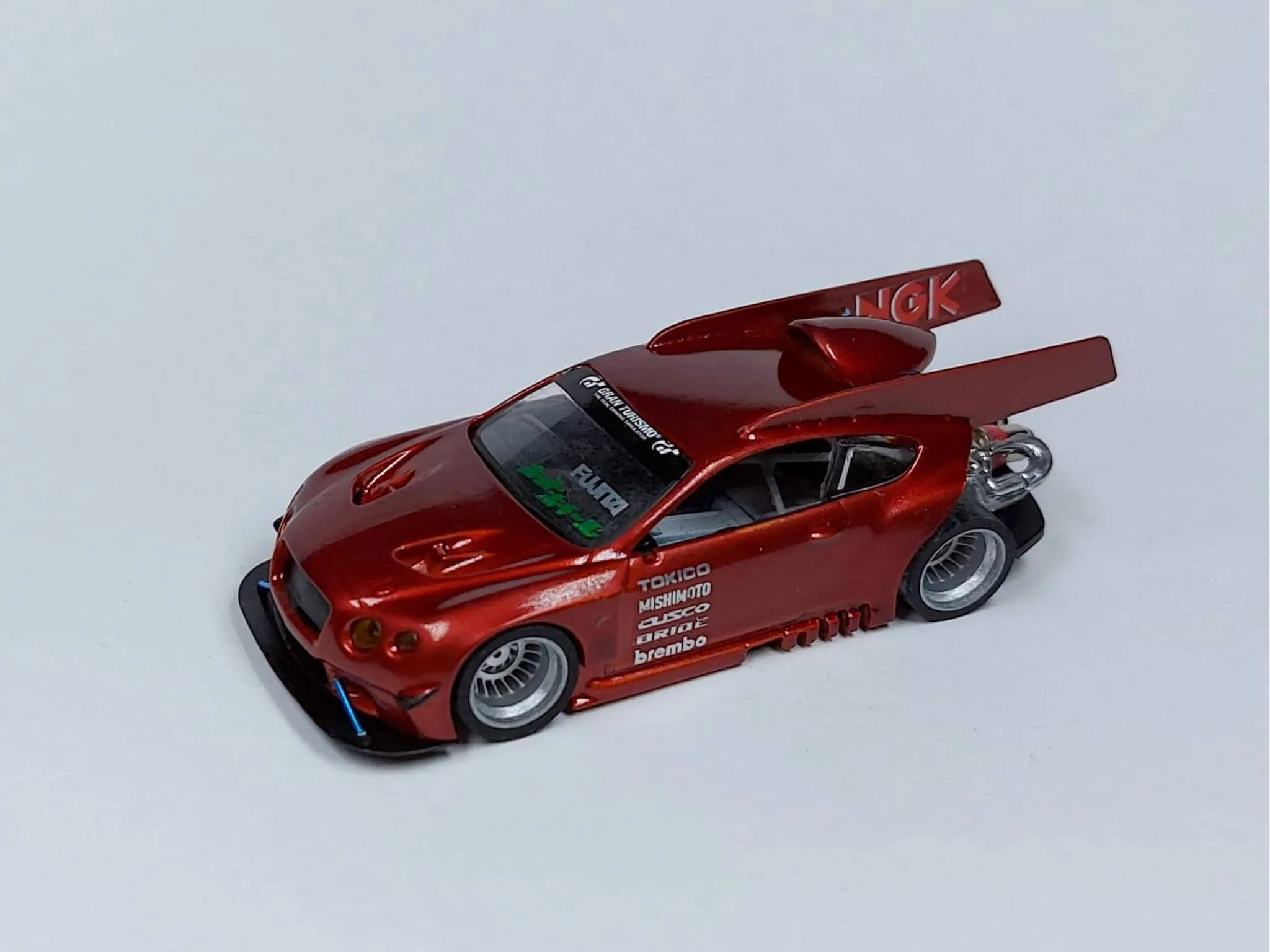
The step-by-step customization process involves several stages. It is important to approach each step with care and attention to detail. Proper preparation and meticulous execution will determine the final quality of the model. Starting with an organized workspace and having all the necessary tools and materials readily available is a smart way to begin.
Disassembly and Preparation
The first step is disassembly, a critical phase. Carefully remove all parts. Use the correct screwdrivers to remove screws. Use a hobby knife to separate glued parts. Label all of the parts. This is a smart way to organize everything and make it easier. Clean the model and all of its parts. Fill any gaps or imperfections with putty or filler, then sand smooth. Once the model is prepared, this will give a solid foundation for the next steps, ensuring a high-quality finish.
Painting and Detailing
Painting and detailing bring your vision to life. Choose your desired colors. Apply several thin coats of paint, allowing each coat to dry completely before applying the next. Use masking tape to protect areas you don’t want to paint. This will help you create clean, sharp lines. After the paint has dried, apply decals, using decal setting solution for a professional finish. Add details using fine-tipped brushes or pens. This will give the vehicle more of its features. Applying a clear coat will seal the paint and protect it. Painting and detailing are important to add realism and a personalized touch to your custom diecast car.
Reassembly and Finishing Touches
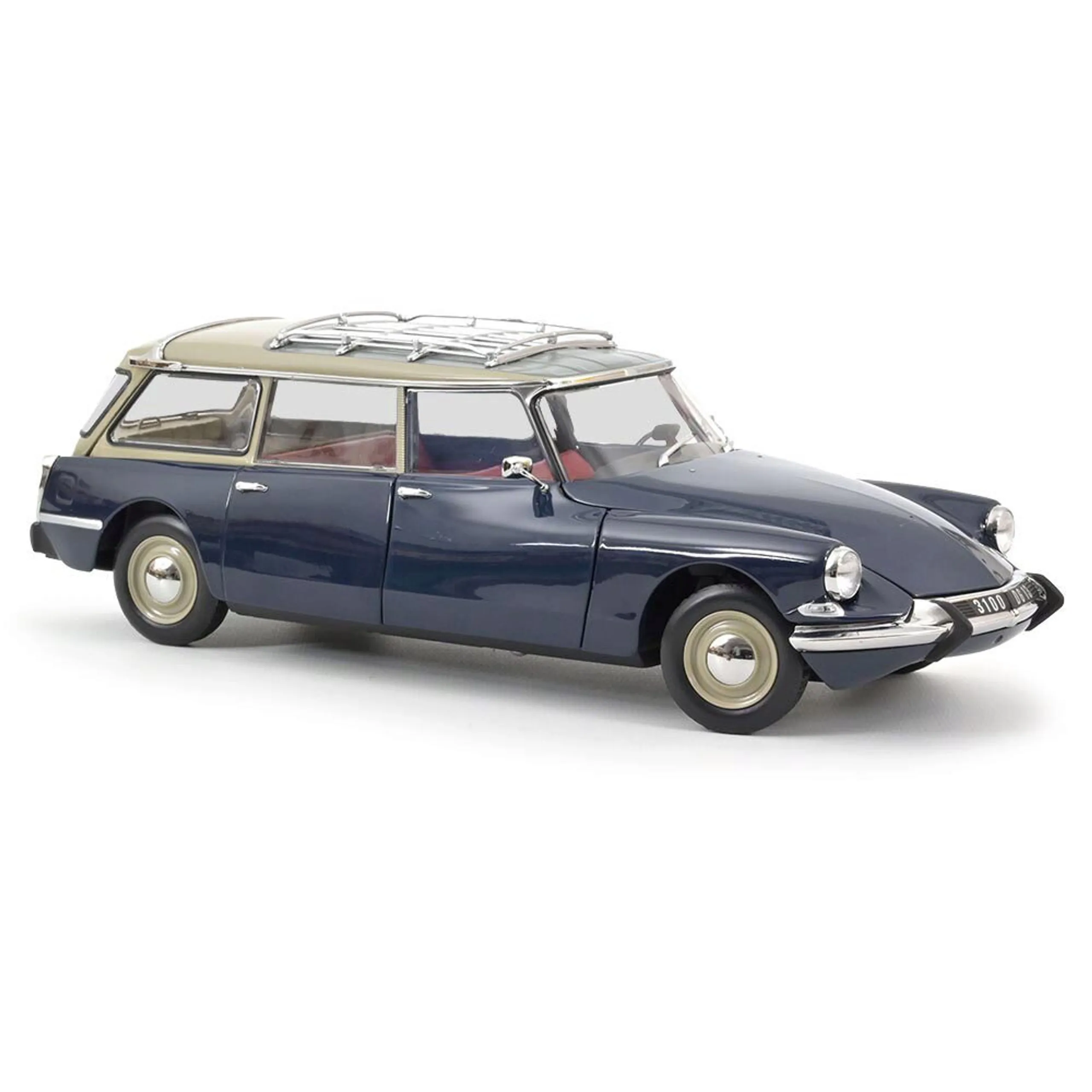
Reassembly is a delicate process. Carefully reassemble all parts. Make sure all components fit correctly. Use glue to secure any parts that need to be attached. Check to ensure that all screws are tightened properly. Inspect your custom diecast car for any imperfections or areas that need to be touched up. It’s at this time that the details are addressed. This may include adding any modifications or details. Once you are satisfied with the model’s appearance, you can consider it complete. It is important to take your time. Carefully reassembling and making sure all of the details are complete will give you a finished product you can be proud of.
Advanced Customization Techniques
Once you’ve mastered the basics, explore advanced techniques to elevate your creations. This includes learning how to modify the interior. Consider altering the wheels and suspension. It includes experimenting with new painting techniques. These techniques involve more detail and demand a higher level of skill.
Customizing the Interior
Customizing the interior adds an extra level of detail to your custom diecast car. Start by removing the existing interior components. This may involve careful use of a hobby knife or other tools. Then, consider adding custom features. These might include custom seats, dashboards, and other interior components. You can use different materials, such as plastic, resin, or even fabric, to recreate the interior. Painting the interior parts is a very important process. This allows you to add color and detail. Pay attention to every small detail. This will allow you to make a very convincing and detailed interior.
Modifying Wheels and Suspension
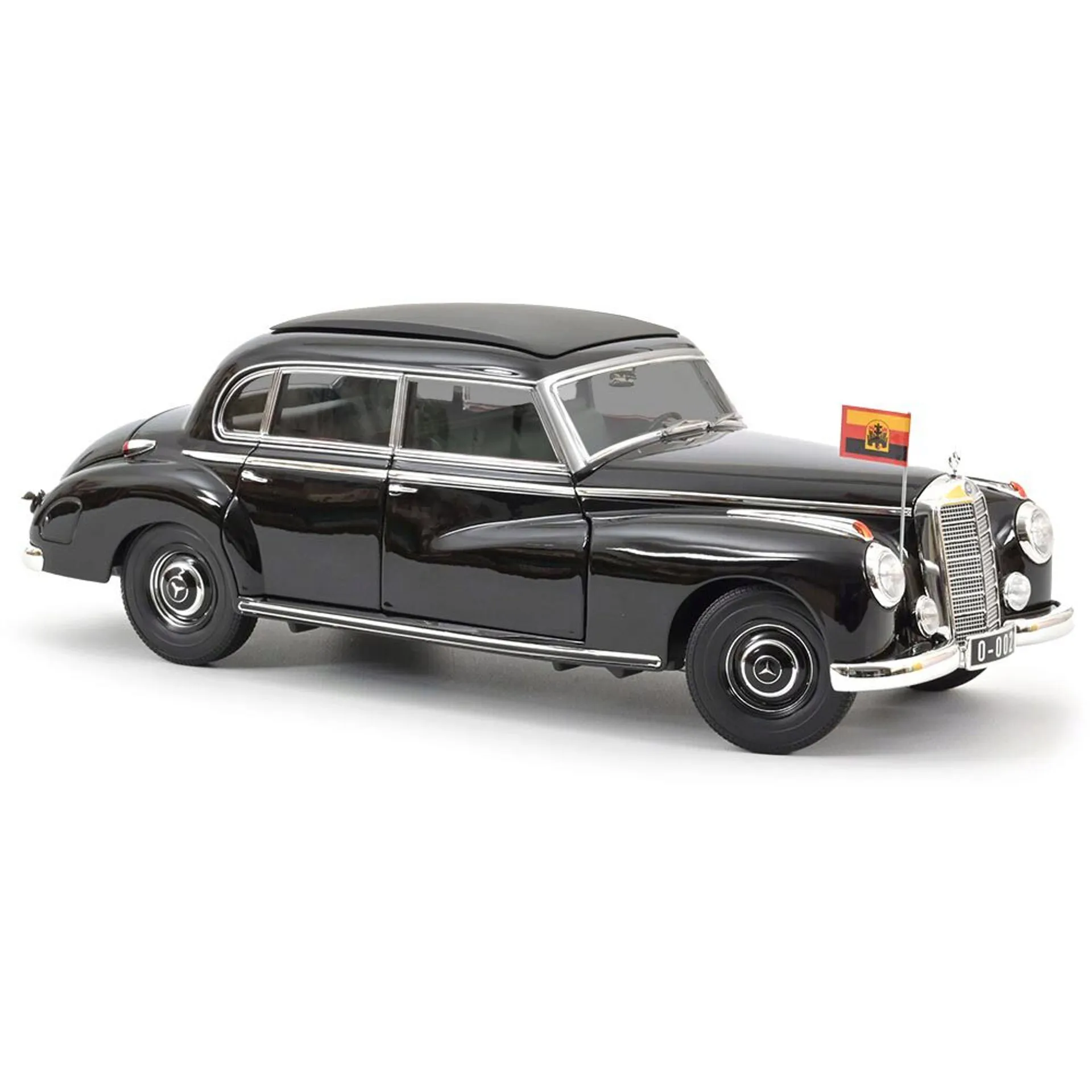
Modifying the wheels and suspension is a great way to customize your model. Start by removing the original wheels and suspension components. There are many aftermarket wheels available. These will add style to your custom diecast car. Consider adding custom suspension components. These might include lowering springs, shocks, and other features that enhance the vehicle’s look. This can involve a variety of modifications, such as lowering the car. Modifying the wheels and suspension is a great way to enhance the realism and aesthetic appeal of your custom diecast car.
Displaying and Preserving Your Collection
Proper display and preservation are essential for showcasing your custom diecast car collection. Display your cars in a dust-free environment. This will prevent damage and deterioration. Consider using display cases or shelves. Display cases protect your models from dust and accidental damage. Proper lighting is essential. Display lighting can highlight the details of your cars and create an attractive presentation. Make sure to handle your models with care. Using gloves can help to prevent fingerprints and oils from damaging the paint. Regularly cleaning your models helps maintain their condition and keeps them looking their best. Displaying and preserving your collection will ensure it can be enjoyed for many years to come.
Showcasing Your Custom Diecast Cars
Showcasing your custom diecast cars is a great way to share your passion. Consider creating a dedicated display space. Arrange the cars in a way that highlights their features and your creativity. Organize your cars by make, model, or theme. This will add a level of visual organization to your display. Taking photos is a great way to capture the details of your work. Share your custom cars on social media platforms, online forums, or at model car shows. Engaging with the community is a great way to connect with other enthusiasts. This also gives you the chance to exchange ideas. Showcasing your custom diecast cars is a rewarding experience that allows you to share your artistry and enthusiasm with others.
Protecting Your Investments
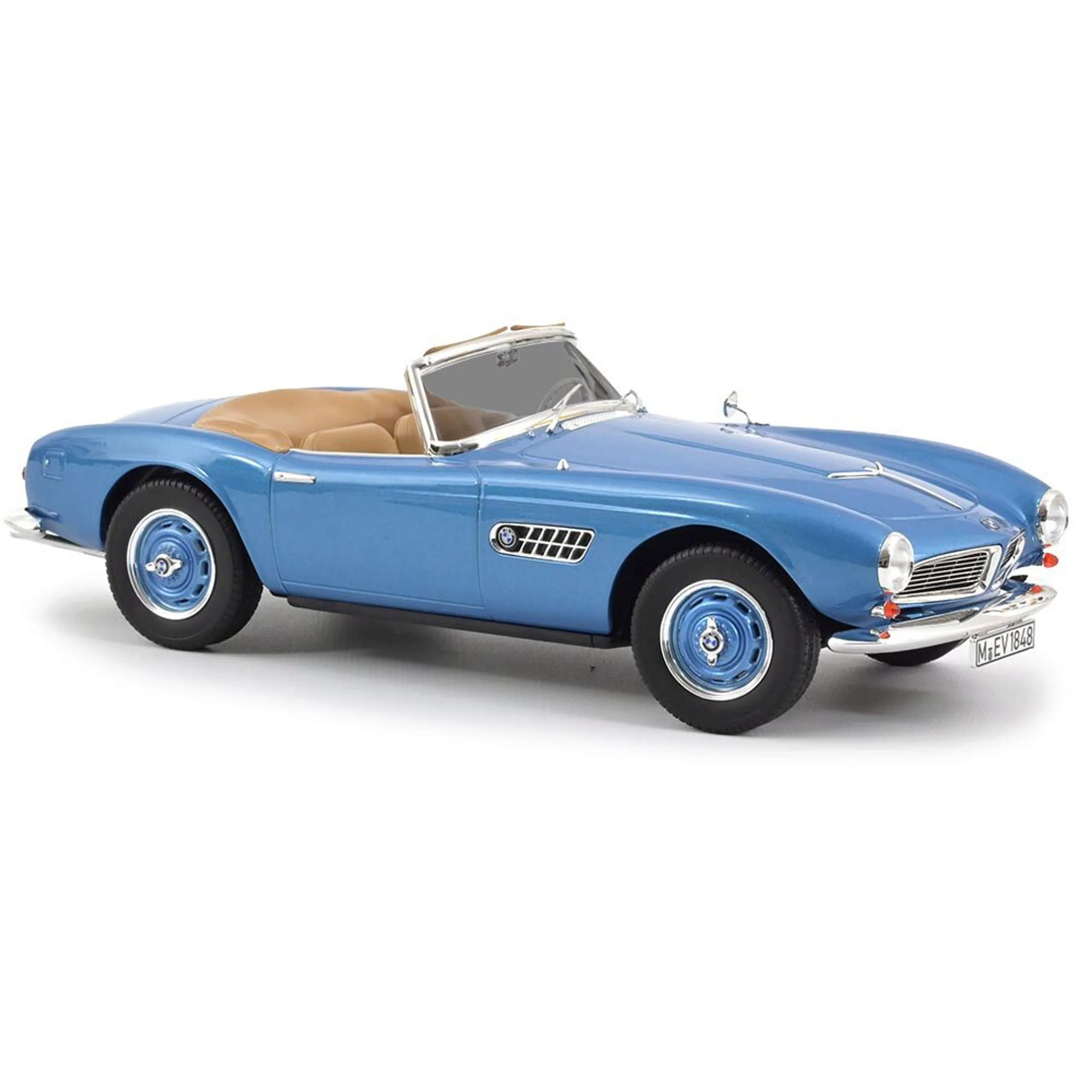
Protecting your investments is a key part of the hobby. Store your custom diecast cars in a cool, dry environment, away from direct sunlight. Sunlight can fade the paint and damage the models. Use display cases or protective boxes to safeguard the models from dust, dirt, and physical damage. Handle your models with clean hands. Use gloves to avoid leaving fingerprints. Handle the models carefully. Dust your models regularly using a soft brush or cloth. This will help prevent dust buildup. Consider insuring your collection. This is a good way to protect your investment. Protecting your investments ensures the longevity of your custom diecast cars and allows you to enjoy them for years to come.
